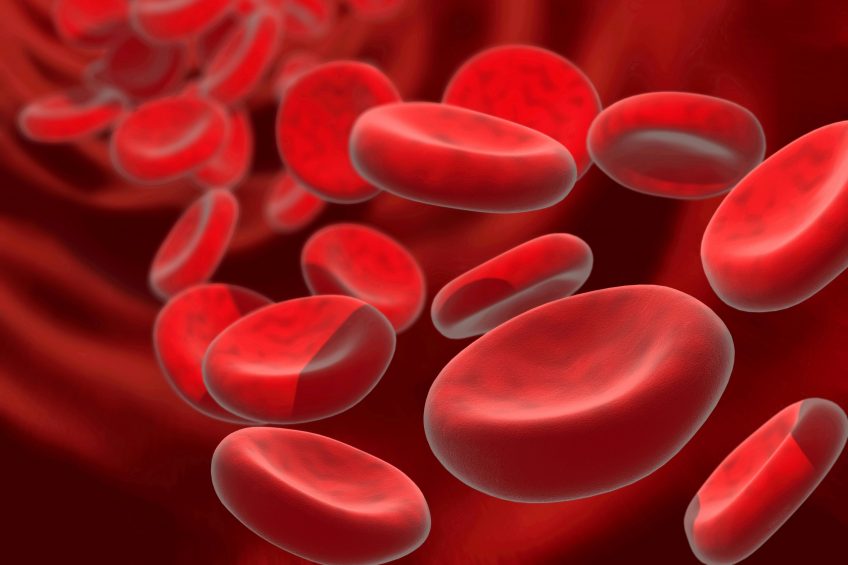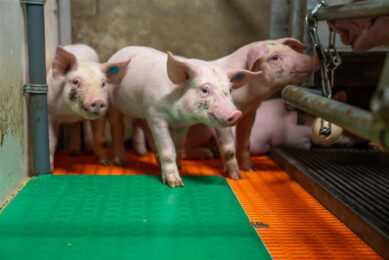Zinc: Diarrhoea treatment in piglets and… children

The use of high levels of zinc oxide in piglet diets for prevention of post-weaning diarrhoea is a hot topic because of the recent opinion by the CVMP. But apart from this legal discussion, zinc oxide is also a very unique compound we use, not noticing it, in products like skin ointments, dandruff shampoo or anti-odour powders for shoes to name some.
Can we learn something useful from other uses of zinc? In 2010, I was involved with a project to find alternatives to zinc oxide in piglets and I certainly learned something very interesting.
How does zinc oxide work?
Any pig farmer will tell you how well zinc oxide works to control post-weaning diarrhoea. However, nobody knows exactly how it works. There is plenty of information on its effects on microbiota and the intestinal epithelium; but not much beyond that.

Find out all there is to know about pig health using Pig Progress’ unique Pig Health Tool
In our project we wanted to understand how zinc oxide actually works to develop better alternatives. And the first question we had was: who proposed the use of zinc oxide for prevention of post-weaning diarrhoea? And why? We did not answer this question.
However, the PhD student working in the project, Roger Davin, found some very interesting information.
Diarrhoea treatment in children
Zinc, along with oral rehydration solutions (ORS), is considered by the World Health Organization (WHO) the only treatment recommended to reduce the duration and severity of diarrhoea in children. Not antibiotics, not probiotics, but zinc.
It was quite surprising for us to find such information. The same treatment as for piglets! Not only zinc, but oral rehydration solutions were also recommended. Sound familiar? Maybe if I told you that oral rehydration solutions are similar to what we call electrolytes for piglets, then it makes sense.
The secret of those solutions is very simple and at the same time an amazing concept: salt and sugar will not help against diarrhoea if given separated, but they will save your life if combined. They need to be together to favour water absorption. Now you know, make sure the electrolytes you use for piglets have glucose and sodium together.
Are piglets deficient in zinc?
But let’s go back to zinc. In children, populations with diarrhoea are deficient in zinc and have a low level of zinc in blood. After zinc supplementation the improvement is fast as blood levels of zinc go back to normal levels.
We decided to investigate this in piglets and the results were clear. The level of zinc in the blood of piglets before weaning was similar to the levels in the blood of healthy children. The level of zinc in the blood of piglets after weaning was similar to the levels in the blood of children with diarrhoea.
Drop in zinc levels with piglets
And this drop in zinc levels happened as fast as 2 days post weaning. Roger Davin tested more than 15 products, including zinc oxide, zinc sulfate, nano-zinc and other organic and inorganic sources of zinc at nutritional doses for piglets. However, only zinc oxide added at doses higher than 1,000 ppm was able to return blood zinc to normal levels. Those are the same levels discussed by David Burch.
Zinc is the trace element involved in more biological functions than any other micro-mineral in the nutrition of the early weaned pig. At the same time it disappears from the organism of the piglet much faster than similar elements like iron or copper. Thus, a piglet that does not have a proper supply of zinc will be immunosuppressed and will have many physiological functions will be affected within days.
New innovative ways to replace zinc oxide?
Should we start looking for new innovative ways to replace high levels of zinc oxide? Is zinc oxide really acting as a medicine in that context? Should we go back to look at it from a nutritional point of view? And most important, will the CVMP cause a severe nutrient deficiency in piglets by not allowing the use of high levels of zinc oxide in diets?











